The American Civil War shaped the nation in ways that still resonate today, and its
battlefields serve as powerful reminders of this pivotal period. These preserved sites
offer more than just memorials – they’re outdoor classrooms where history comes
alive through detailed interpretive centers, knowledgeable rangers, and carefully
maintained landscapes.
Whether you’re a dedicated history buff or simply curious about America’s past,
these twenty battlefields provide immersive experiences that help visitors understand
the complex stories of courage, sacrifice, and transformation that unfolded on these
grounds between 1861 and 1865.
Gettysburg, Pennsylvania
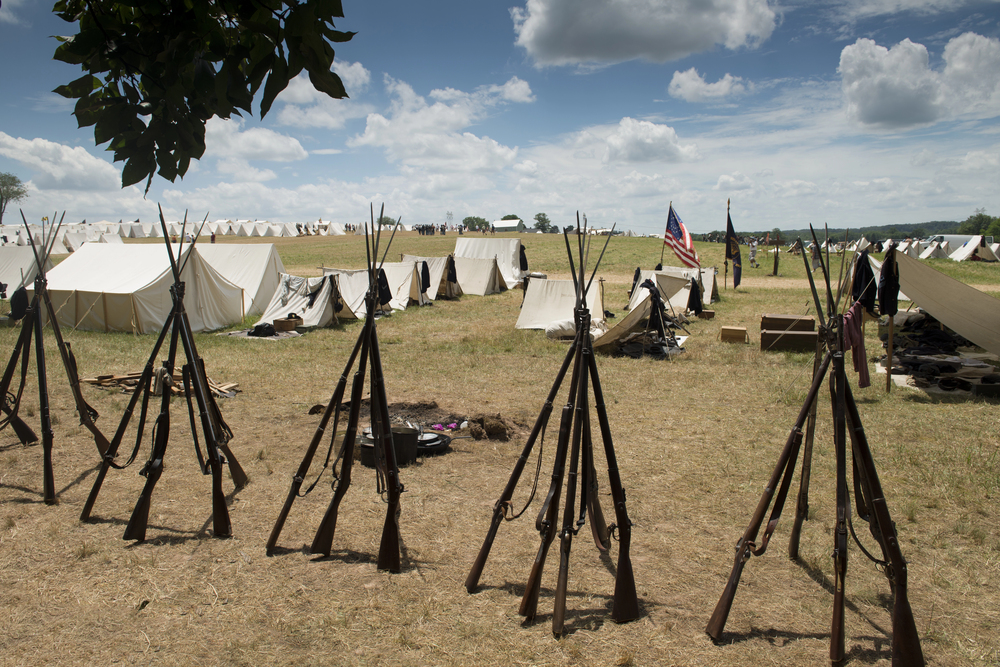
The turning point of the Civil War unfolded across these rolling Pennsylvania fields in
July 1863. The excellent visitor center features the restored Cyclorama painting,
while over 1,300 monuments dot the battlefield’s 6,000 acres.
Park rangers offer detailed walking tours of key locations like Little Round Top and Pickett’s Charge. The small town of Gettysburg maintains much of its Civil War-era character, with several buildings still bearing battle scars.
Antietam, Maryland
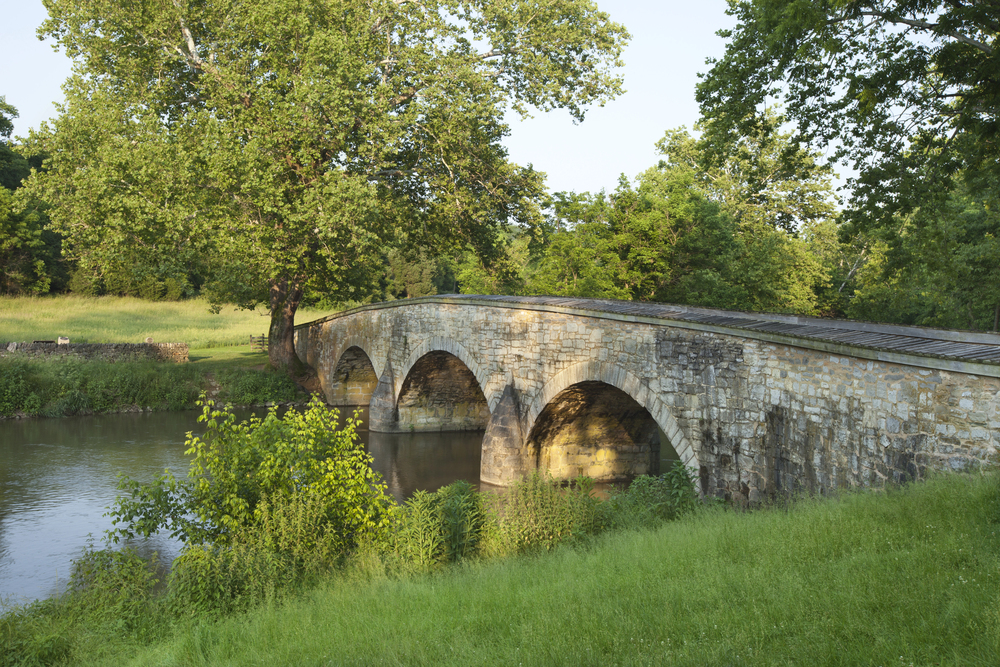
The bloodiest single day in American military history occurred on these peaceful
Maryland farmlands. The 8.5-mile self-guided auto tour takes you through key sites
like the Cornfield, Bloody Lane, and Burnside Bridge.
The restored Dunker Church and period farmhouses help visitors understand the civilian experience of the battle. The nearby National Cemetery provides a poignant reminder of the battle’s cost.
Like Travel Pug’s content? Follow us on MSN.
Vicksburg, Mississippi
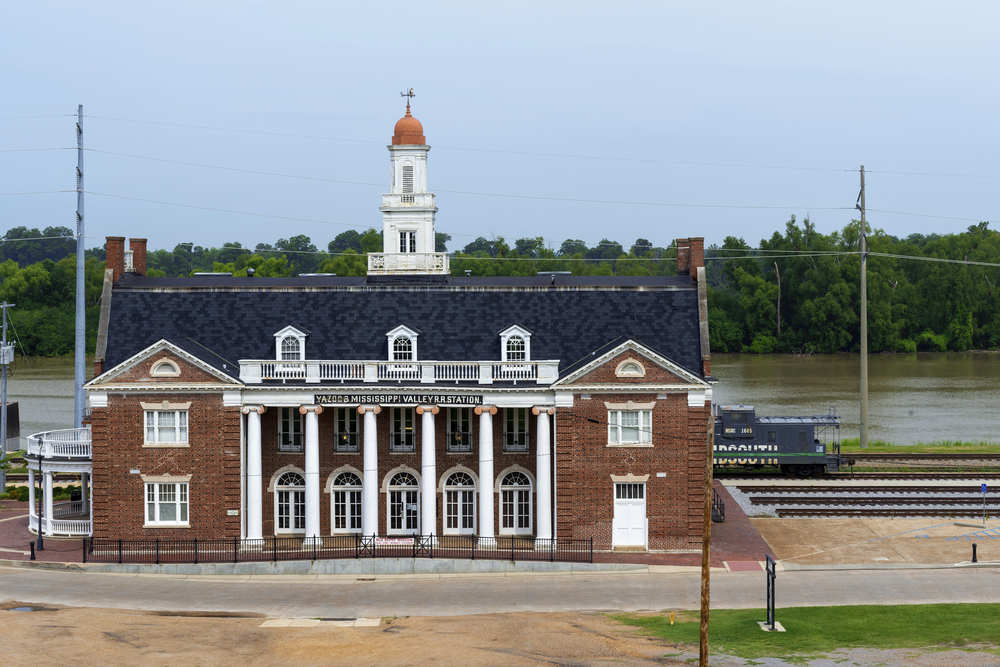
This crucial siege that controlled the Mississippi River unfolded across a vast
network of trenches and fortifications. The 16-mile park road features over 1,400
monuments and markers, while restored gunboats demonstrate the naval aspect of
the campaign.
Union siege lines and Confederate defensive positions remain clearly visible today. The visitor center’s interactive exhibits explain the complex 47-day siege operation.
Shiloh, Tennessee
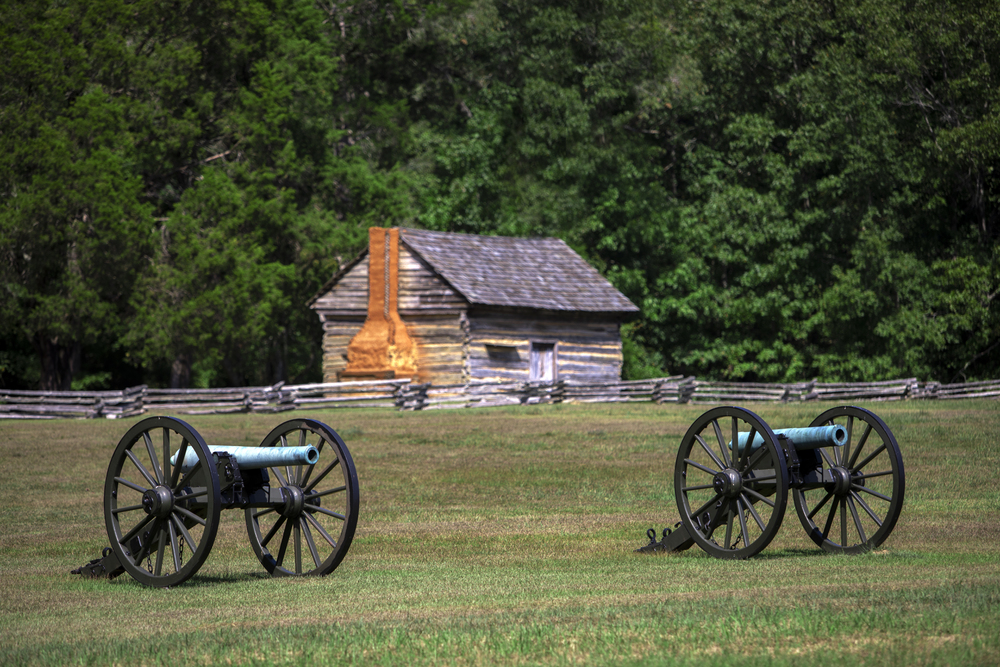
One of the best-preserved battlefields in America, Shiloh retains much of its 1862
character. The Hornet’s Nest area features original split-rail fences and cannon,
while the Indian Mounds provided key artillery positions.
The Tennessee River landing, where Union gunboats provided crucial fire support, remains accessible. Excellent hiking trails connect major battle sites through pristine forests.
Chickamauga, Georgia
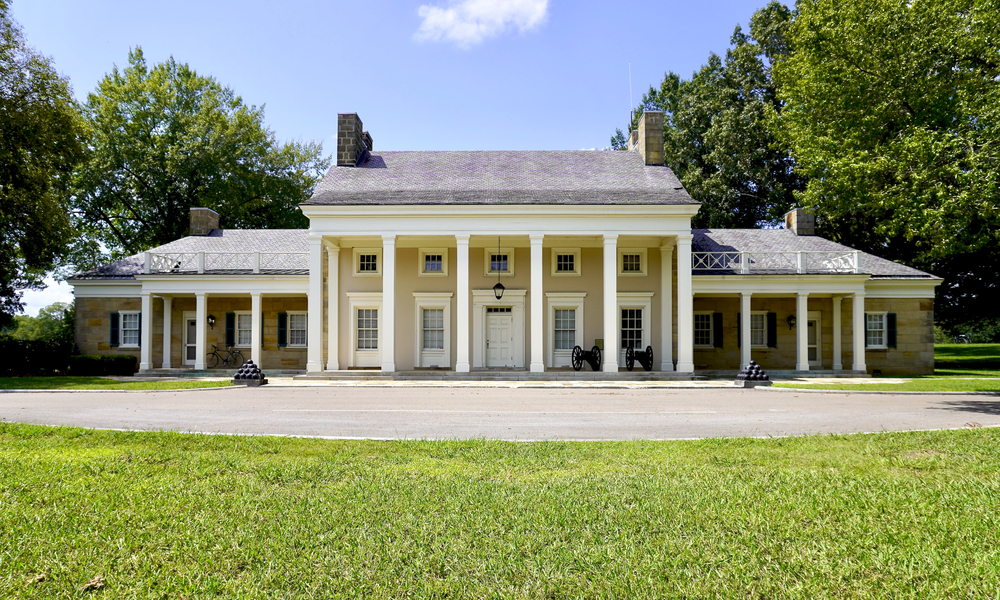
This crucial Confederate victory in northern Georgia features extensive hiking trails
through battlefield forests. Restored period buildings like the Snodgrass House tell
stories of civilians caught in the fighting.
The visitor center houses an excellent weapons collection and detailed tactical maps. Lookout Mountain, part of the same military park, offers spectacular views of Chattanooga.
Like Travel Pug’s content? Follow us on MSN.
Petersburg, Virginia

The 9.5-month siege that ended the Civil War left extensive earthworks still visible
today. The Crater battlefield demonstrates innovative (though ultimately tragic) Union
mining operations.
Four separate units of the park preserve different aspects of the campaign, including Confederate defensive lines. The excellent visitor center explains the siege’s impact on civilian life in Petersburg.
Fredericksburg, Virginia
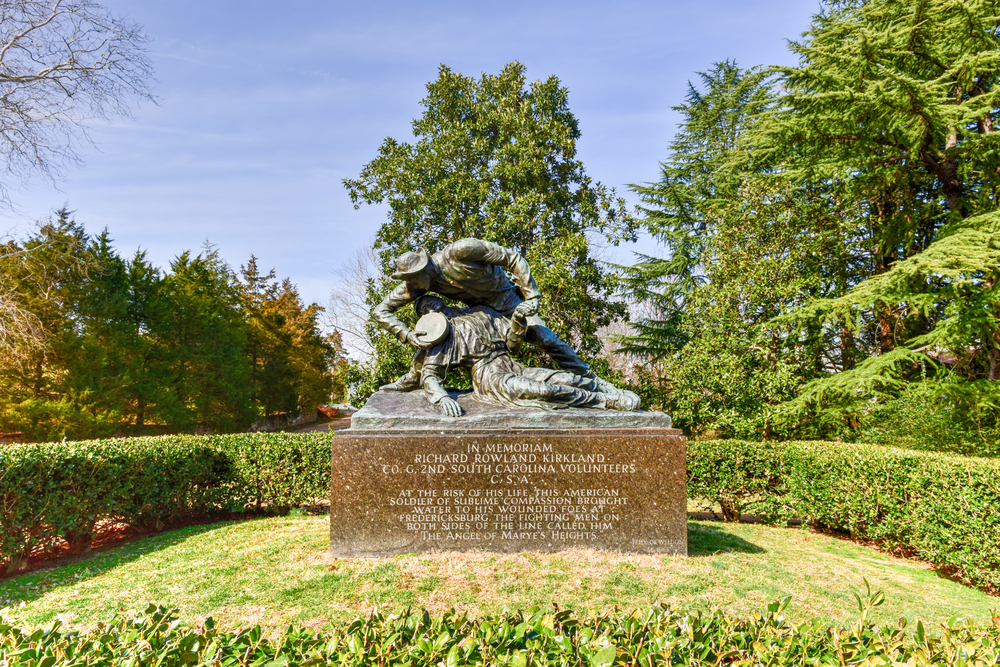
Urban combat in December 1862 left lasting marks on this historic city. The sunken
road and stone wall where Confederate troops repelled Union attacks remain largely
unchanged.
Walking tours of the downtown area showcase buildings that still bear artillery damage. The nearby heights of Marye’s Field provide context for the brutal Union assaults.
Manassas, Virginia
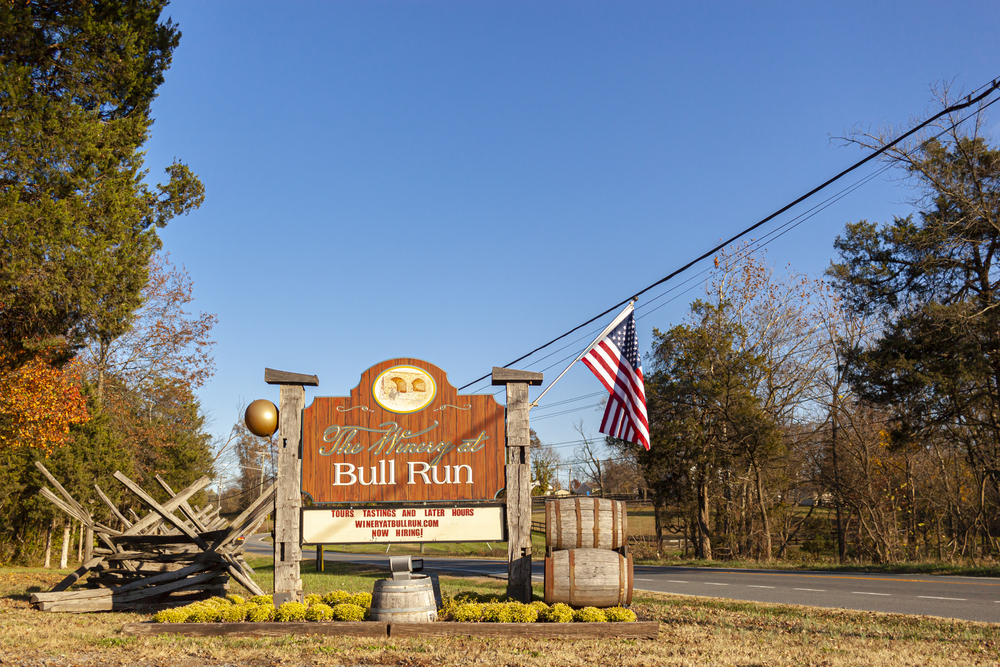
Two major battles fought here demonstrate how warfare evolved during the Civil
War. The Henry Hill visitor center offers excellent orientation films and exhibits about
both the First and Second Manassas.
The Stone Bridge trail provides access to key battlefield features while protecting sensitive archaeological sites. Living history demonstrations regularly bring the battlefield to life.
Like Travel Pug’s content? Follow us on MSN.
Stones River, Tennessee
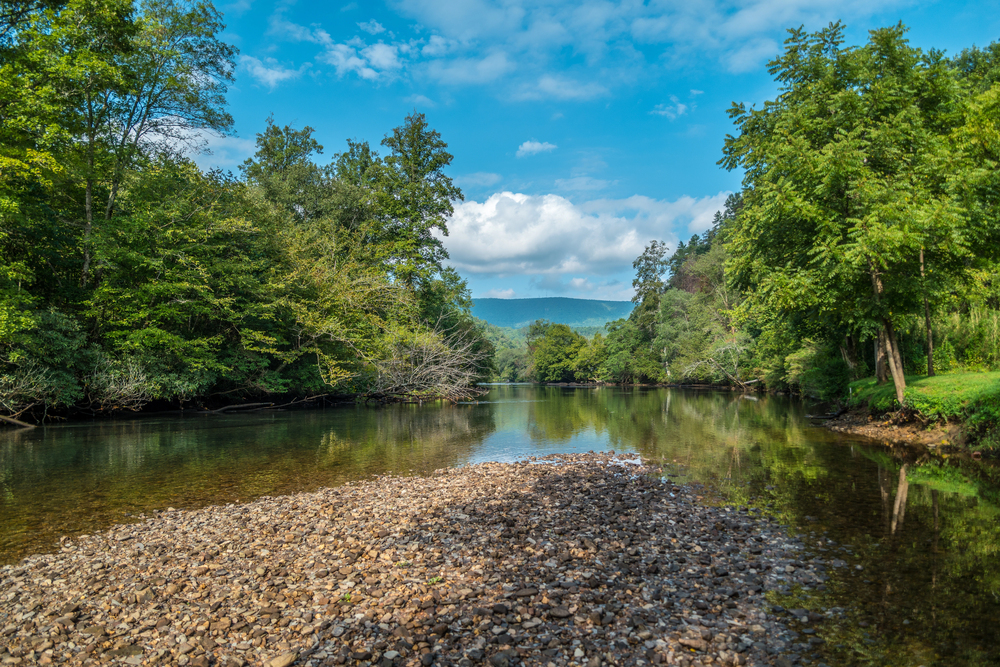
This crucial Union victory helped secure Middle Tennessee and boost Northern
morale. The preserved limestone outcroppings of the Slaughter Pen still show bullet
marks.
The National Cemetery contains both Union dead and later veterans’ burials. Excellent interpretive panels explain how the railroad and nearby town influenced the battle.
Fort Donelson, Tennessee
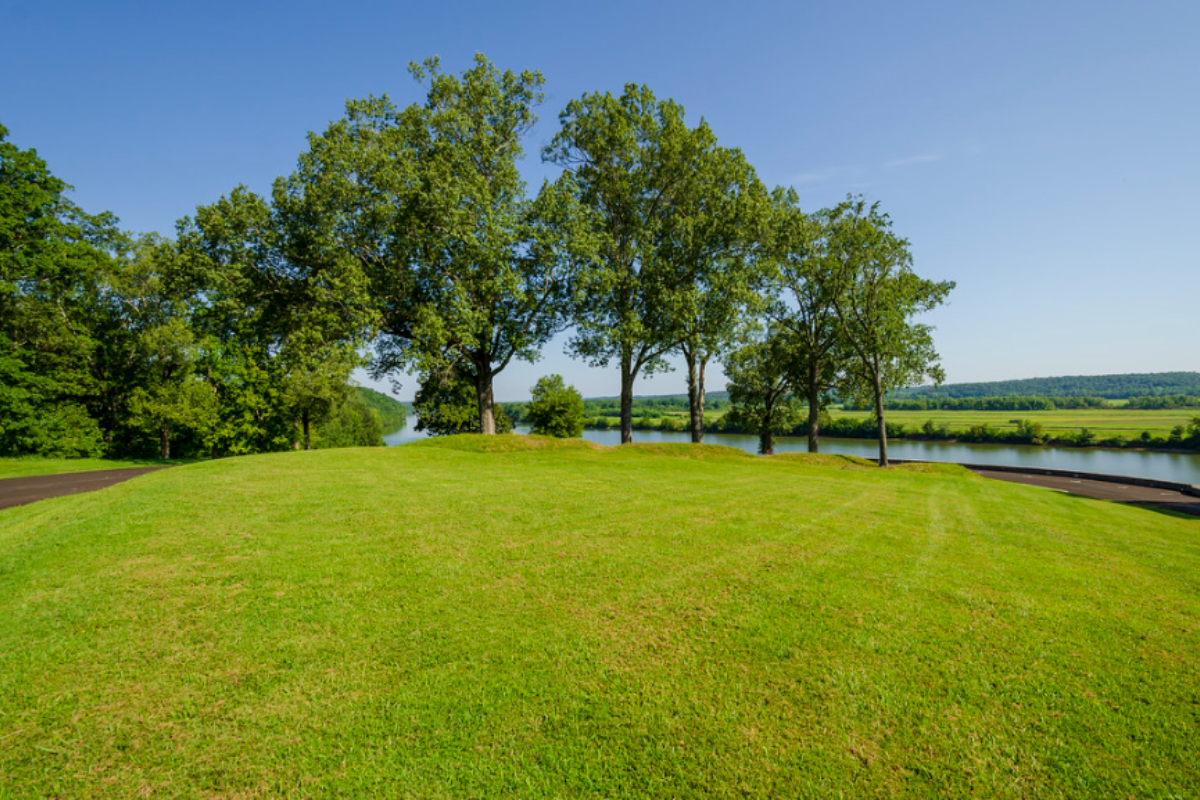
This early Union victory launched General Grant’s career and secured vital rivers for
the North. Well-preserved water batteries demonstrate Civil War river warfare tactics.
The surrender house where Generals Grant and Buckner met remains furnished as it
was in 1862. Rangers lead tours explaining how weather and terrain influenced the
battle’s outcome.
Kennesaw Mountain, Georgia
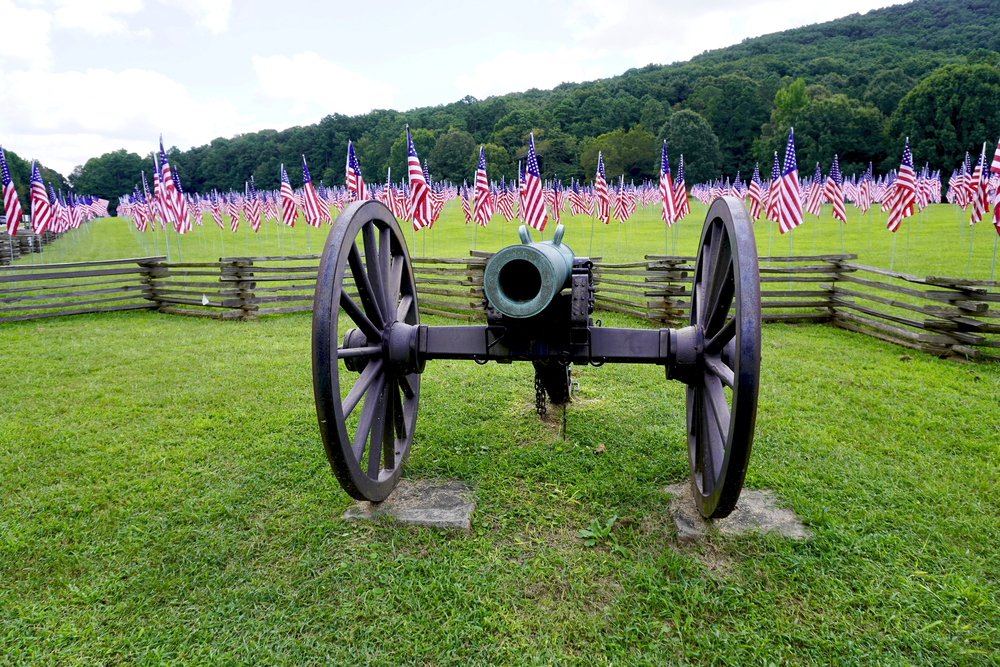
This natural fortress played a key role in the Atlanta Campaign. The visitor center
features excellent exhibits about both military and civilian aspects of the campaign.
Multiple trails of varying difficulty lead to spectacular views from the mountain’s
summit. Living history programs demonstrate period artillery techniques.
Like Travel Pug’s content? Follow us on MSN.
Cold Harbor, Virginia
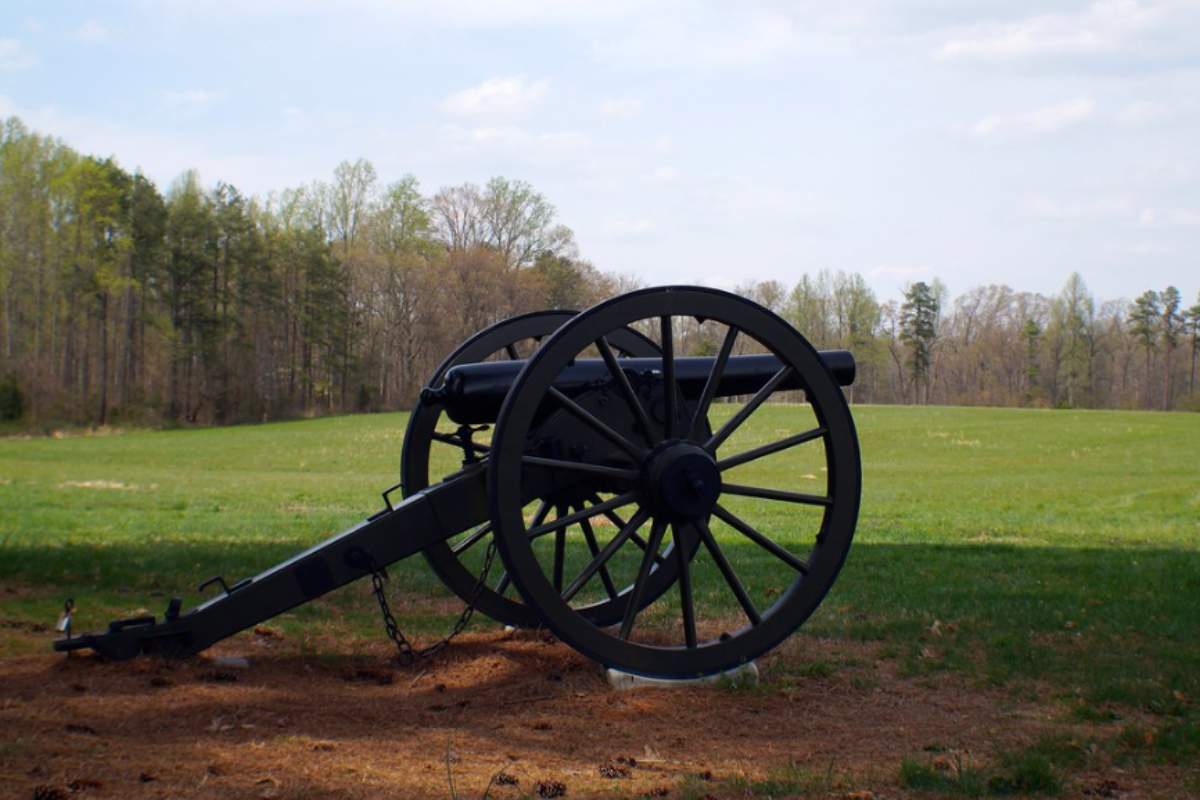
The site of one of the Civil War’s bloodiest assaults features well-preserved
trenches. Walking trails through the battlefield helps visitors understand the horrific
conditions soldiers endured.
The rural setting remains largely unchanged from 1864. Interpretive signs explain how this battle influenced Grant’s subsequent campaign strategy.
Pea Ridge, Arkansas
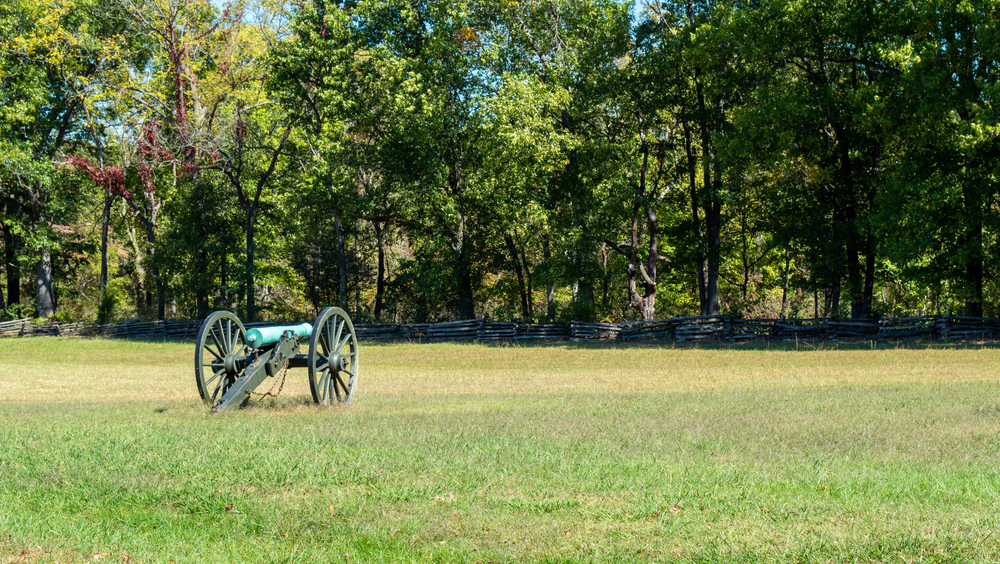
The largest battle west of the Mississippi preserved much of its historic landscape.
The Elkhorn Tavern, a key battlefield landmark, has been carefully restored.
Excellent driving tours cover both days of the battle across varied terrain. The visitor
center explains the unique role of Native American troops in the battle.
Wilson’s Creek, Missouri
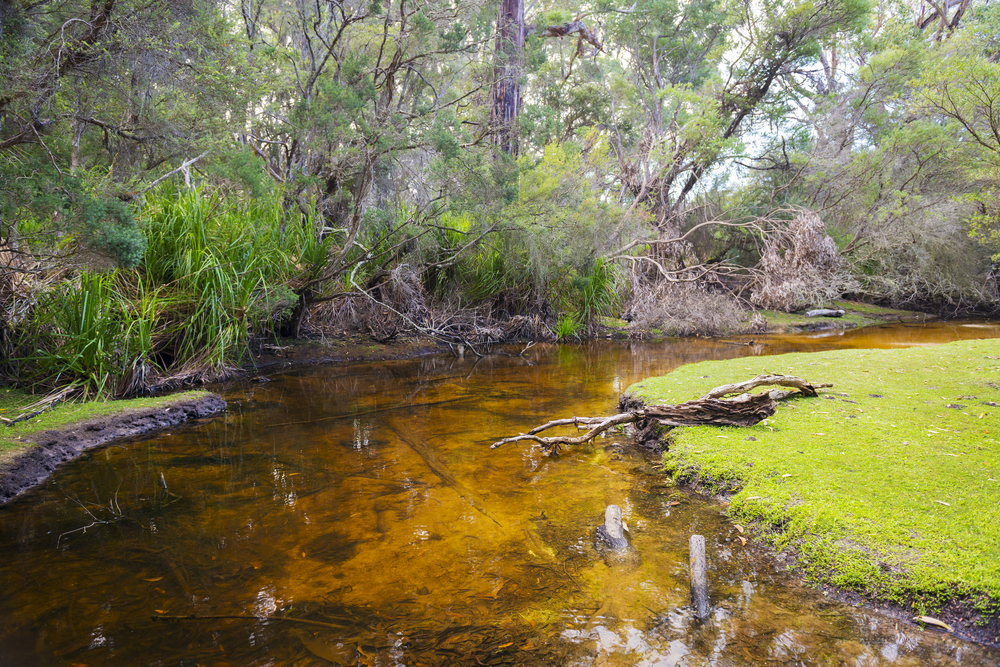
This early war battle helps explain why Missouri remained in the Union. The Ray
House serves as a period field hospital display.
The 5-mile tour road provides access to key battle areas, including Bloody Hill. Living history programs demonstrate unique aspects of Trans-Mississippi warfare.
Like Travel Pug’s content? Follow us on MSN.
Fort Fisher, North Carolina
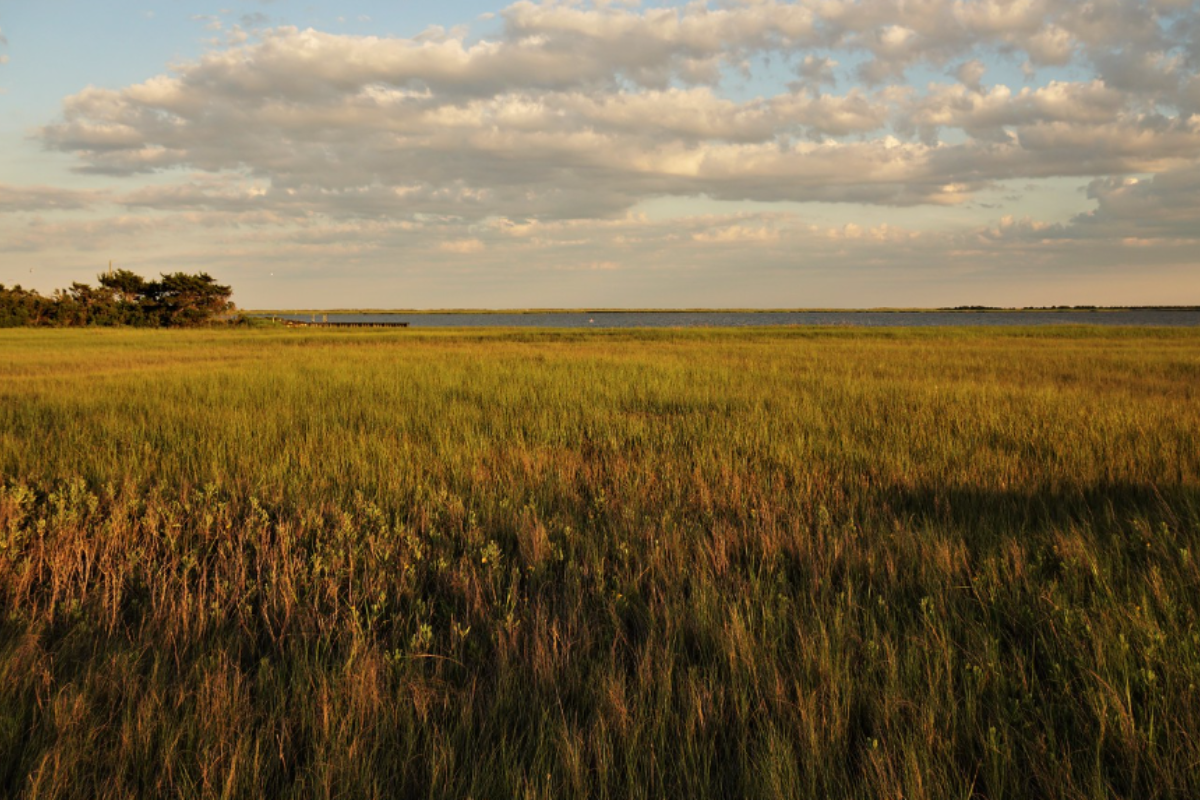
The largest earthen fort in America defended Wilmington until 1865. The remaining
portions of the sea face demonstrate period coastal fortification techniques.
The visitor center features excellent exhibits about blockade running and naval warfare.
Nearby beaches still occasionally reveal Civil War artifacts after storms.
Prairie Grove, Arkansas
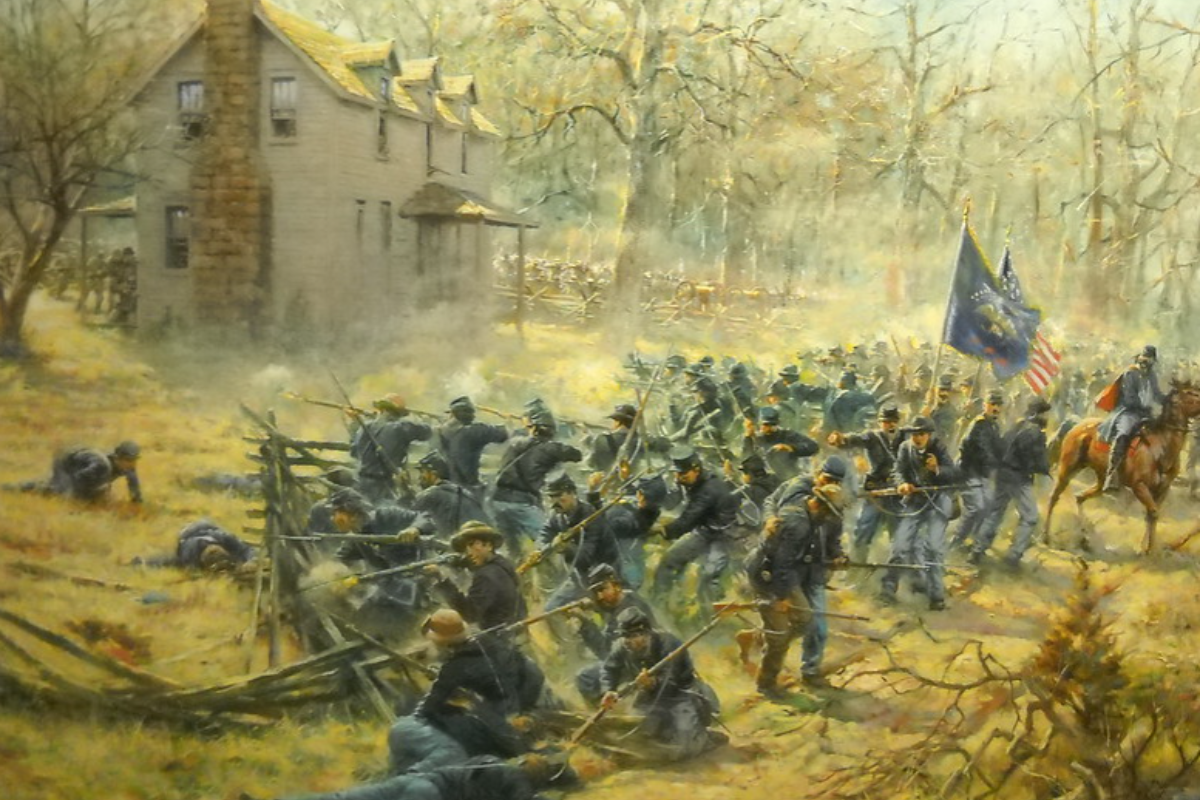
This well-preserved battlefield features restored period structures and extensive
interpretive trails. The Hindman Hall Museum houses an excellent collection of
Trans-Mississippi artifacts.
Regular living history events demonstrate civilian life in Civil War Arkansas. The driving tour provides access to key battlefield viewpoints.
Fort Pulaski, Georgia
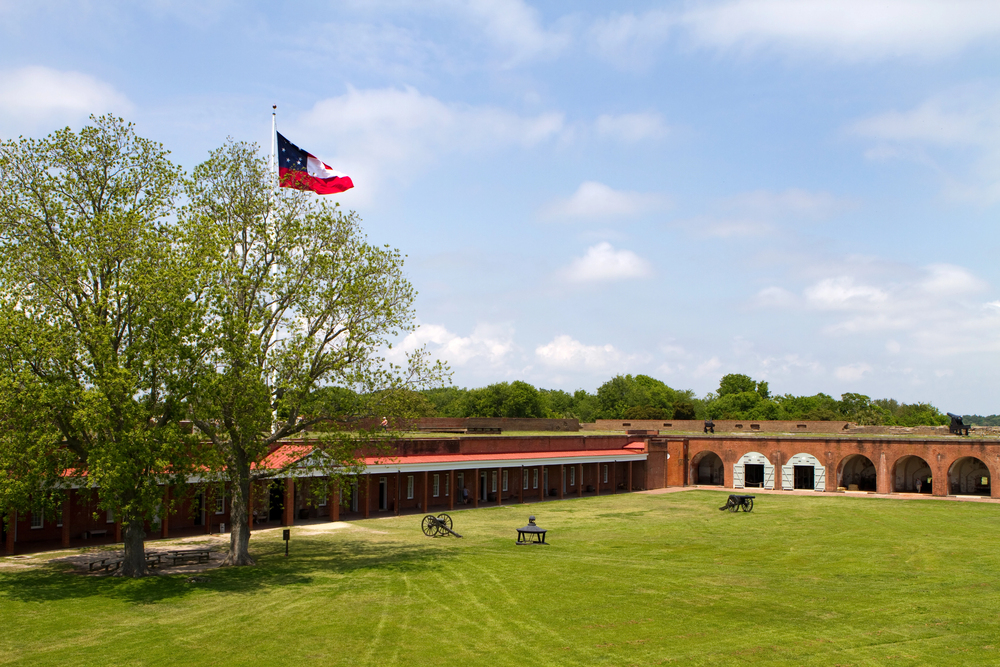
This massive brick fort demonstrates the revolution in artillery warfare. The breached
wall shows the devastating effect of rifled cannons on traditional fortifications.
The restored interior features excellent exhibits about garrison life. Regular cannon-firing demonstrations explain period artillery techniques.
Like Travel Pug’s content? Follow us on MSN.
Mill Springs, Kentucky
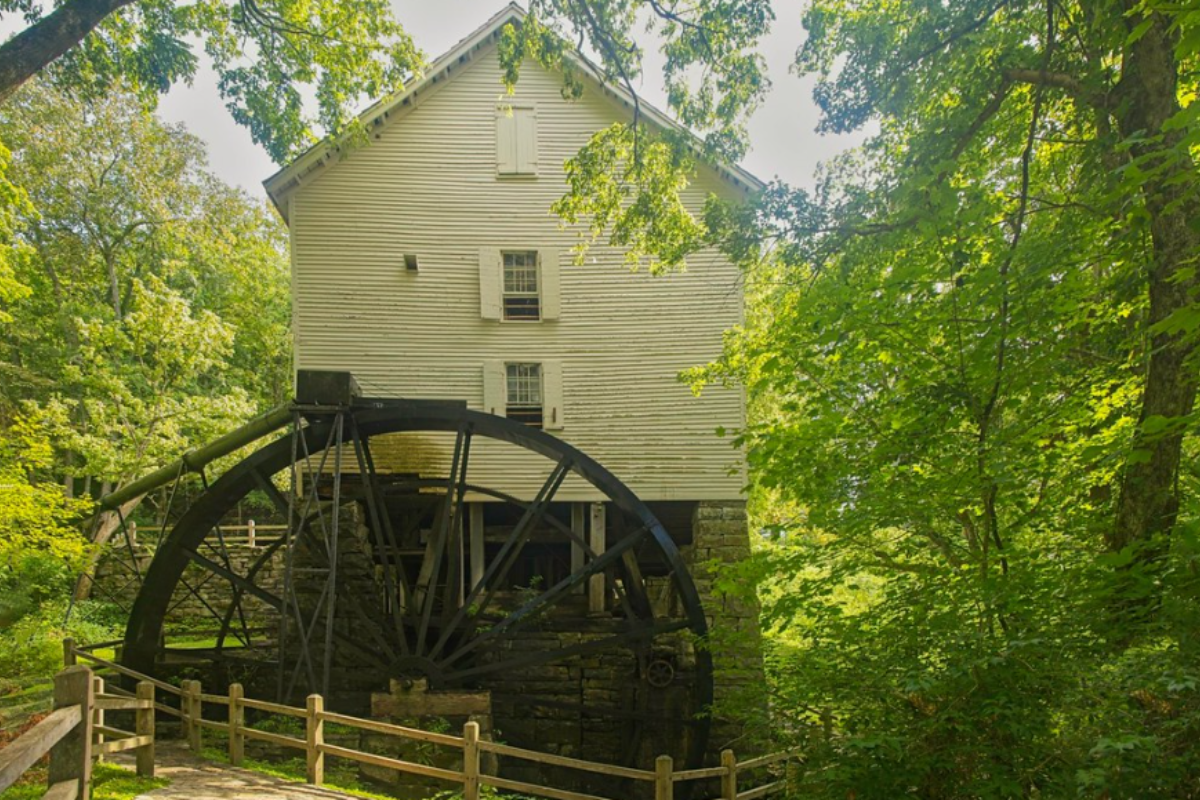
This early Union victory in Kentucky features well-preserved battlefield terrain. The
visitor center houses excellent exhibits about the battle’s significance in the Western
Theater.
Walking trails provide access to key fighting positions and exceptional views. The nearby Mill Springs Mill connects the battlefield to local civilian history.
Richmond National Battlefield
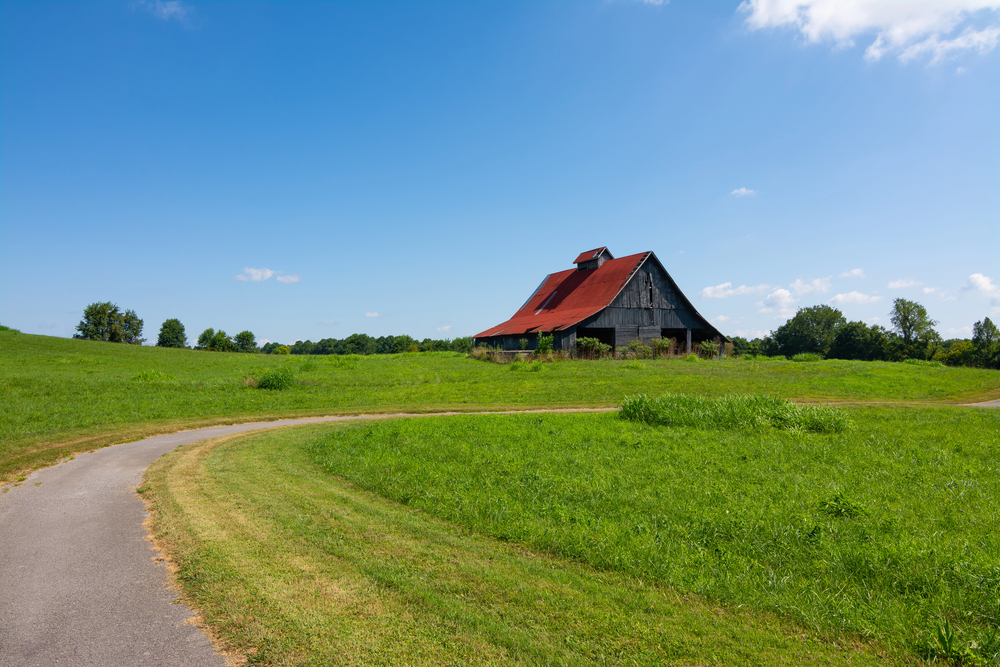
Multiple sites preserve key battles around the Confederate capital. The Tredegar
Iron Works unit explains Richmond’s industrial importance.
Excellent driving tours connect preserved battlefields like Gaines’ Mill and Cold Harbor. The Chimborazo Medical Museum unit tells stories of Civil War medicine.
Cedar Creek, Virginia
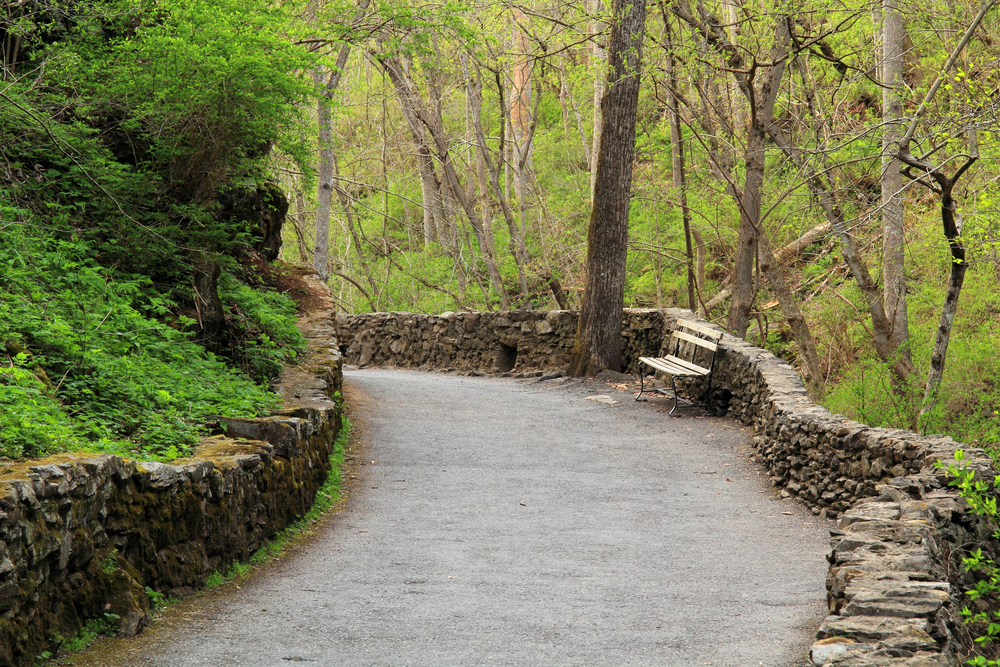
This decisive Shenandoah Valley battle features extensive preserved landscapes.
Belle Grove Plantation serves as a unique visitor center in a period mansion.
Walking trails provide access to key battle areas and stunning valley views. Living
history programs demonstrate civilian life in the Shenandoah Valley.
Like Travel Pug’s content? Follow us on MSN.
Preserving Our Shared History

These 20 battlefields represent just a portion of America’s preserved Civil War sites,
each offering unique perspectives on this pivotal conflict. From major turning points
like Gettysburg to lesser-known engagements like Parker’s Cross Roads, each site
helps tell the broader story of the Civil War through both military and civilian
experiences.
Take time to walk these grounds thoughtfully, engage with knowledgeable staff and
volunteers, and consider how these events continue to influence American society
today. Many sites offer special programs during battle anniversaries and seasonal
events that provide even deeper insights into these crucial moments in American
history.
More from Travel Pug

- 15 Dangerous European Cities to Avoid
- 15 Caribbean Islands Where Tourists Keep Getting Scammed
- The 20 Most Fascinating Abandoned Places: A Journey Through Time and Forgotten Spaces
- 15 Hidden Places in the Smithsonian Museums Locals Love: A Guide to Lesser-Known Treasures
- 16 Hidden Florida Beach Towns That Aren’t Overrun with Tourists
Like Travel Pug’s content? Follow us on MSN.
